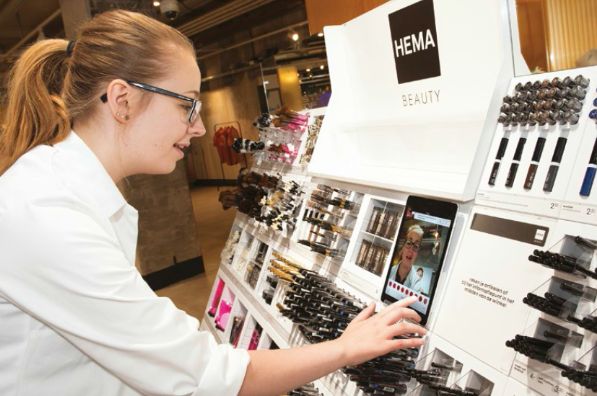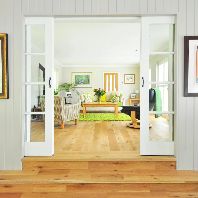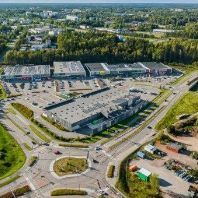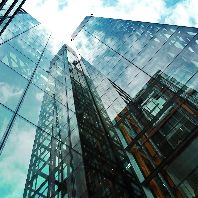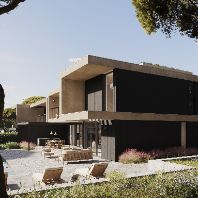The Internet has changed the world. In retail, the global information highway has greatly reduced the need to visit a store and has changed the nature of the remaining trips. Recent research from Redevco (2016) indicates that when it comes to leisure shopping, compared with the pre-Internet age, people are perceived to shop more efficiently and price-consciously in a more relaxed manner. Retail spending is no longer driven by the sheer necessity to buy, but more by a desire to have an enjoyable time. As such, consumers are now attaching greater value to the quality of the surroundings, shops and products.
In essence, this means that retailers need less physical stores, but more expensive marketing-focused ones, as they need to be more engaging, impressive and in better locations with a “Wow Factor!”
The Internet has also contributed to shorter retail cycles by facilitating the rapid spread of the latest trends. Consumers want to be surprised by new products and features and they are getting less tolerant of hiccups in their retail journey. They, expect a new range and set-up every time they shop and want to be able to buy anytime through any channel.
The shorter cyclical trend puts retailer business models under pressure, as it requires very efficient supply chain models, flexible organisations and a high level of investment in order to stay up to-date.
Will future store fit-outs be more technologically advanced, flexible and sustainable?
Retail markets are becoming more challenging and volatile for both retailers and investors causing them to explore risk reductions, costs cutting and find the optimal use for the physical store within the omnichannel network. However, these challenges are being met by advances in technology that allow the more rapid improvement of the in-store experience and the measurement and optimization of store performance.
Landlords are being faced with higher levels of churn and vacancy, as well as retailers who are asking for fit-out contributions and turnover rents to compensate for the increased need for investment in their businesses. At the same time, landlords are also increasingly recognizing opportunities to use technological innovation. Furthermore, energy efficiency is also slowly getting more important to landlords, as investors raise their sustainability standards.
Our belief is that changes in the fit-out of the store are most likely to be linked to technology, flexibility and sustainability factors, but although the possibilities for change are numerous, in reality there seem to be a lot of barriers which are preventing retailers and landlords from changing the way stores are fitted out and how they share roles and responsibilities.
Only the most basic and generic technology is likely to be included in the fit-out
There are many in-store technology applications already available and there is much more to come, only two main elements are clearly identifiable:
- Technology that gathers information and optimizes store performance: e.g. energy-usage (smart meters), footfall tracking, profiling (age, gender, mood) and conversion rates
- Technology to improve the in-store experience: e.g. digital mirrors, interactive shopping windows, Wifi and augmented reality
Energy performance: Retailers see more value in supply-chain than store-related initiatives
From the perspective of the landlord, energy performance and sustainability in the wider sense are perceived to be becoming more important, except retailers are, in most cases, not willing to make the financial contribution for these upgrades for the fit-out. Energy reducing measures sometimes damage the shopping experience for example, automatic doors.
Flexibility: Everybody wants it, but how to finance it?
Retailers like flexible stores because they allow for constant adaption in line with their collections. Flexibility is also becoming more important for landlords due to higher levels of churn in tenants. Nowadays, retailers often entirely replace fit-outs every time they restyle their stores or enter a new location, although from a sustainability perspective it would be better to use modular construction and installation materials, to facilitate recycling. Another option is for the landlord to upgrade the store from a basic construction to incorporate features like a flexible climate-system and power and data infrastructure as standard.
Conclusion:
There are clear similarities in terms of the challenges faced by retailers and landlords...
FOR THE FULL STORY PLEASE SEE: Retail Space Europe 2017
Written by:
• Marrit Laning, Redevco • Kim Ellerman, Q&A Research and Consultancy
• Hidde Vissia, Kersten Retail
